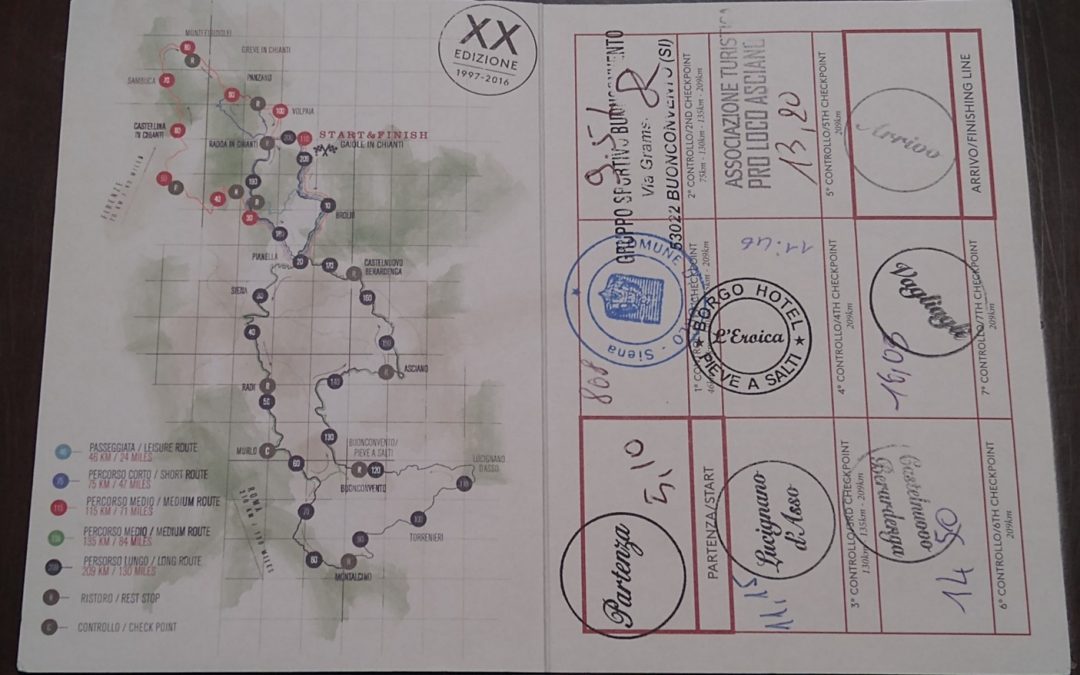Randonnée, used as a noun, functionally translates as “an excursion” in French; it can refer to hiking, cross country skiing or cycling. In cycling, Randonneuring is a long-distance aspect of the sport, where the participants must be self-sufficient. It started in the late 19th century as day long challenges, where participants tried to prove themselves Audax (audacious), by riding as long a distance as possible.
In 1904, Henri Desgrange (founder of the Tour de France), produced Audax regulations, formalizing this aspect of the sport. Under these regulations, riders rode together as a group, with those successfully completing the ride receiving a “Brevet d’Audax”, a certificate of completion.
A group of highly experienced audax riders formed Audax Club Parisien (ACP), which took over regulating all Audax events. In 1920, after a disagreement with him, Desgrange revoked ACP’s permission to administer Audax events. ACP began organizing their own events, under “allure libre” (free-paced) rules, where riders were allowed to ride these events as individuals, and at their own pace. Successful riders were awarded completion certificates called “Brevets des Randonneurs”. This style of the sport is still known as “randonneuring“.
Randonneuring is best known for its formal 200k, 300k, 400k, 600k and 1200k rides known as Brevets. In these formal events, on specified dates, riders follow a specified course, including a number of predetermined checkpoints called “controls”. Each rider carries a “brevet card” (essentially a passport) which must be stamped or signed at each control to prove proper completion of the course. Randonneurs USA (RUSA) administers ranonneuring in the United States.
Riders are required to keep within minimum and maximum time limits. There are no prizes for the fastest finishers; all finishers within permitted time range are considered equals. At the end of the event, the brevet card is handed in to the organizers who will then check and certify the results.
As an introduction to this aspect of the sport, some groups organize “populaires”, which are shorter, less formal events, typically between 50 and 150k long. There are other events within the sport, including RAIDs, where riders follow specified courses on day(s) of their choice.
Which brings us back to the original intent of this article. One doesn’t need to belong to a randonneuring club nor participate in a formal brevet to go on a challenging excursion.
The COVID-19 situation has caused most cycling events to be cancelled this year, but the desire to ride challenging courses has not diminished. To this end, we are offering versions of Classic Courses as self-supported, self-guided Randonnées. You can register on BikeReg.
You’ll pick the date(s) and time(s) you want to ride the course(s), and we’ll provide you the route (cue sheets, GPS Data, access to the Ride With GPS App), instructions on where to park, where along to courses you can purchase supplies (such as food and water), along with suggestions on places you can go to eat and drink post-ride. In essence, these are DIY versions of our classic events.
These will be Randonnées, not Brevets; there will not be any controls, brevet cards, time limits, or sanction by RUSA. It is our way of giving you a chance to ride courses based on our events, without the associated risks of larger gatherings during the COVID-19 pandemic

Recent Comments